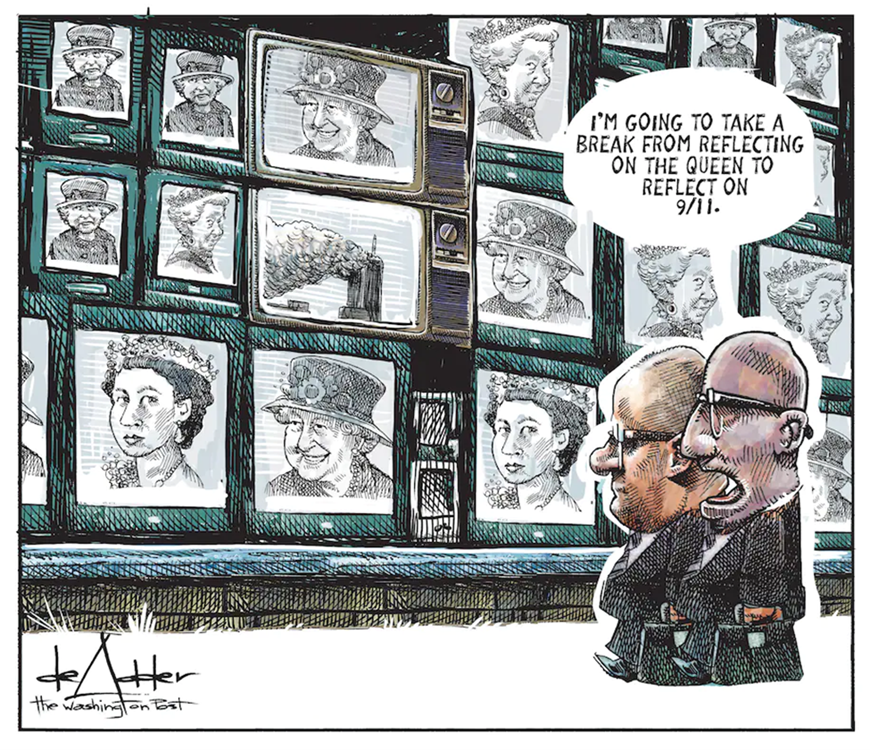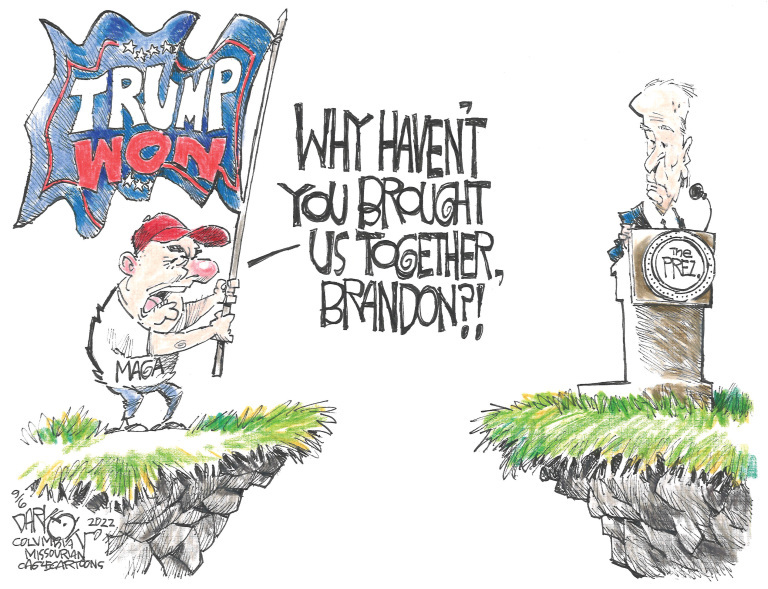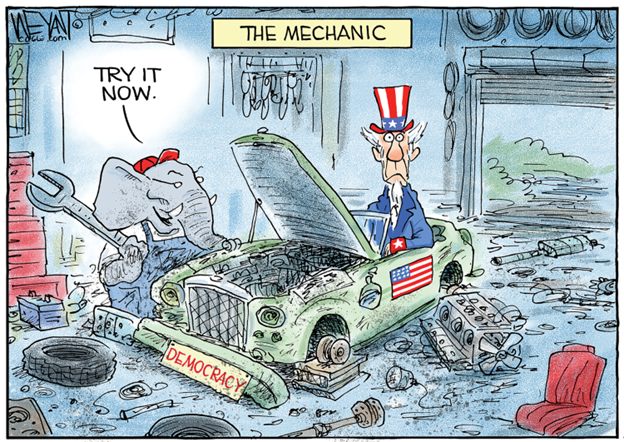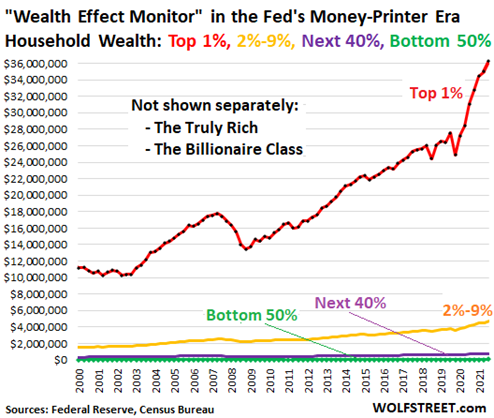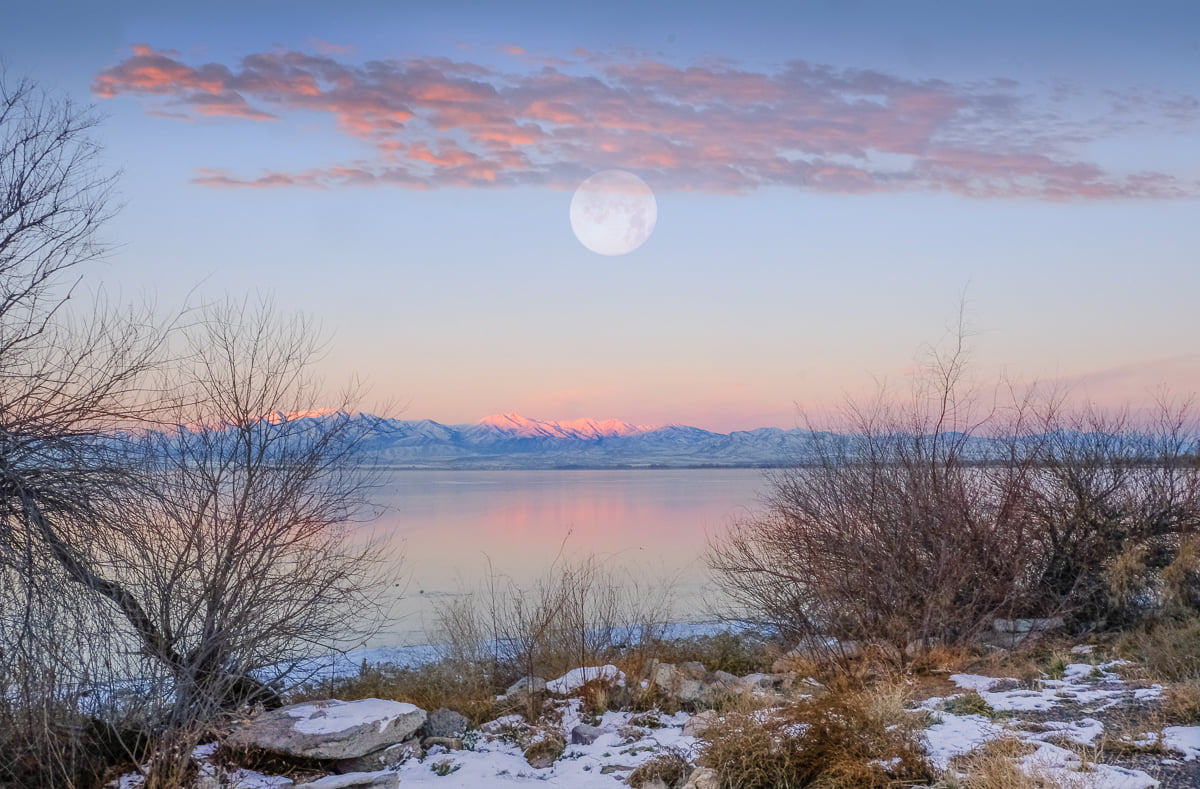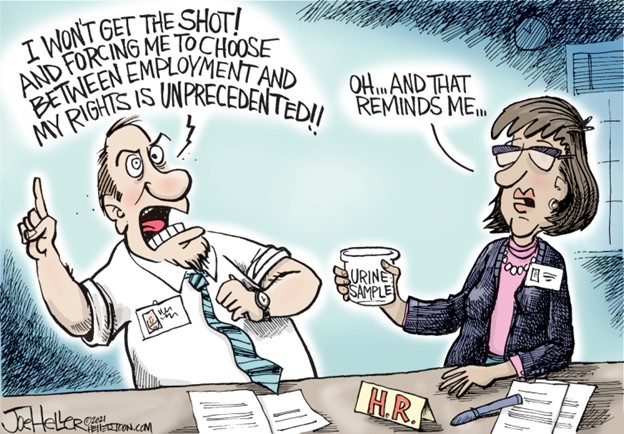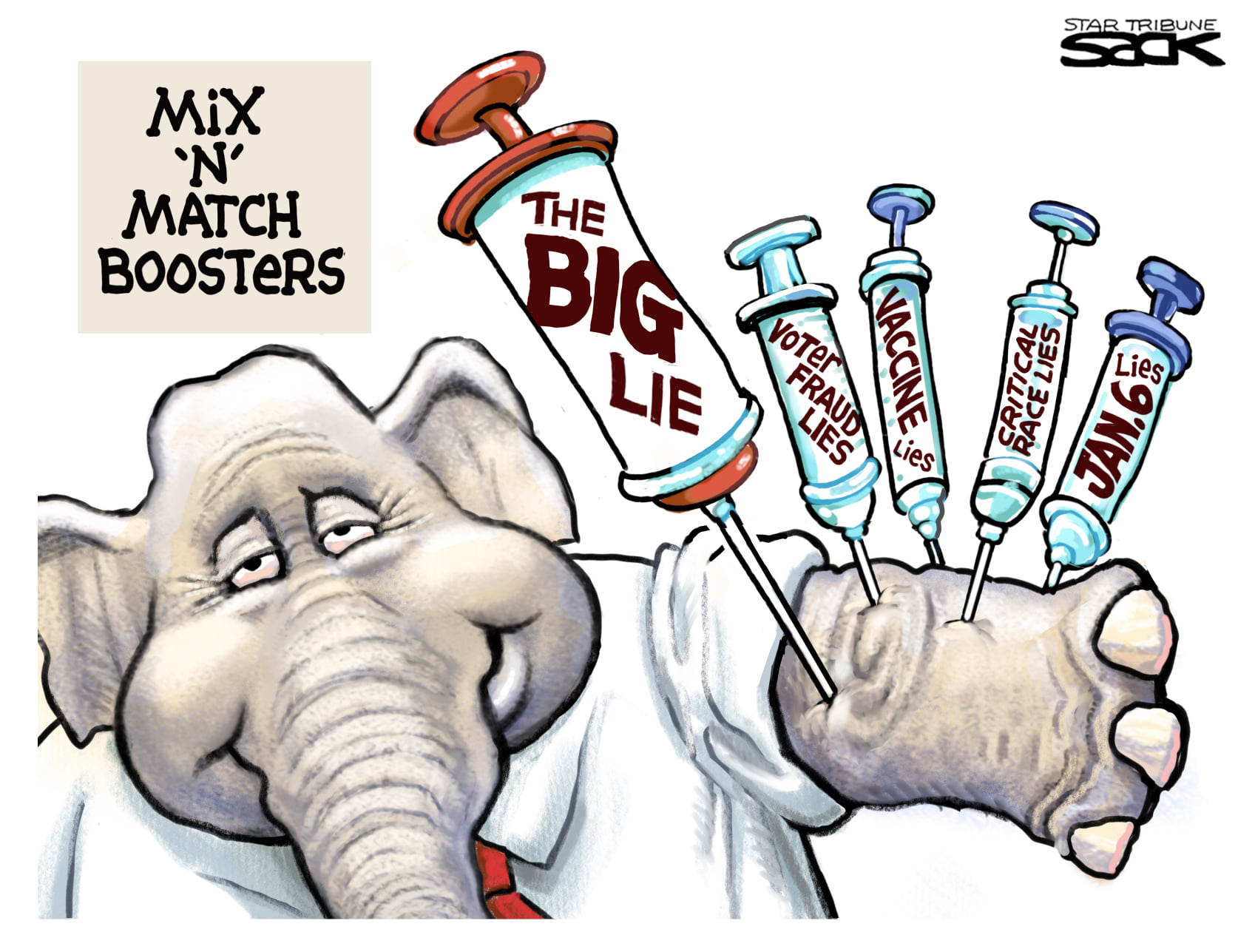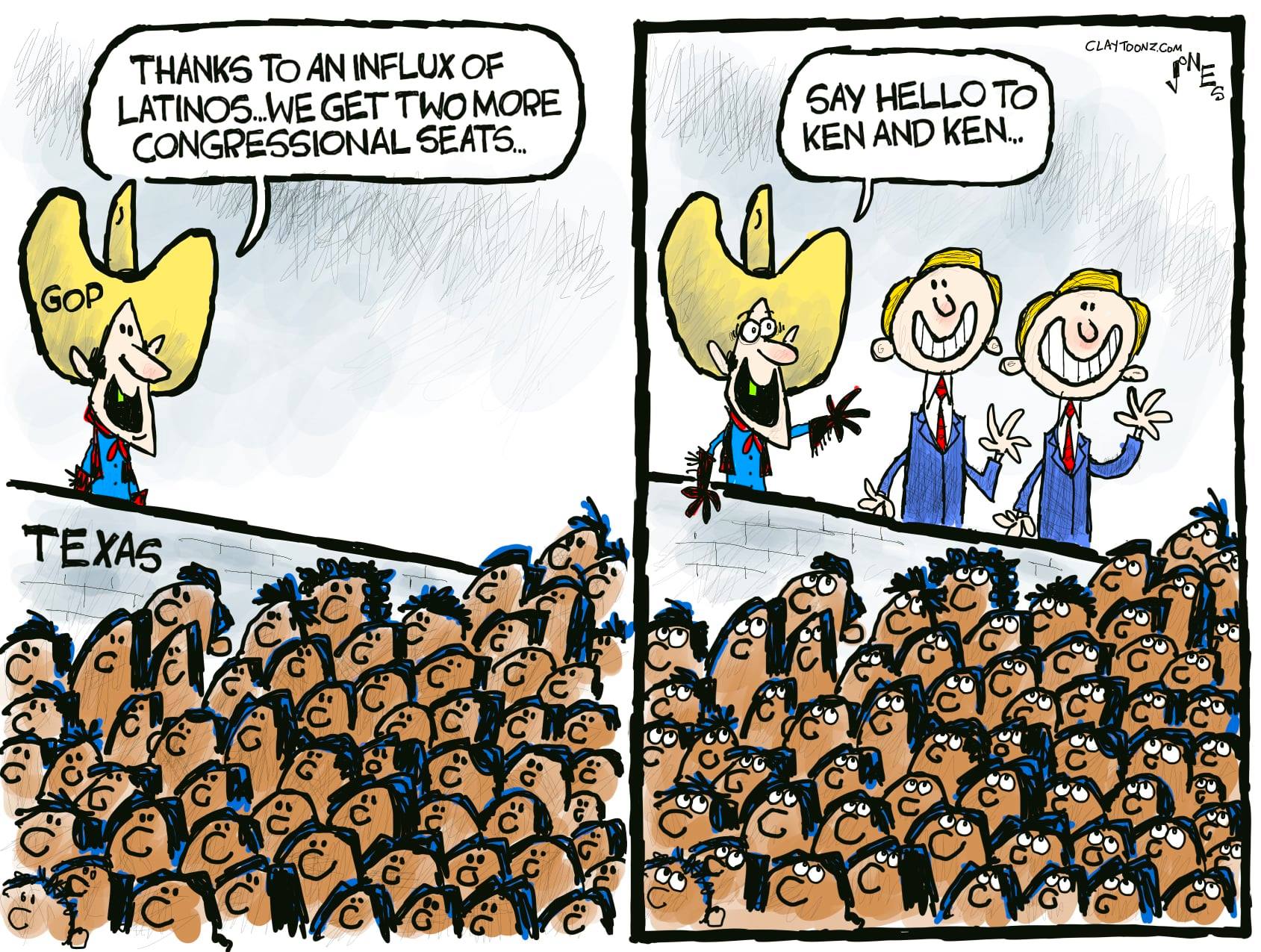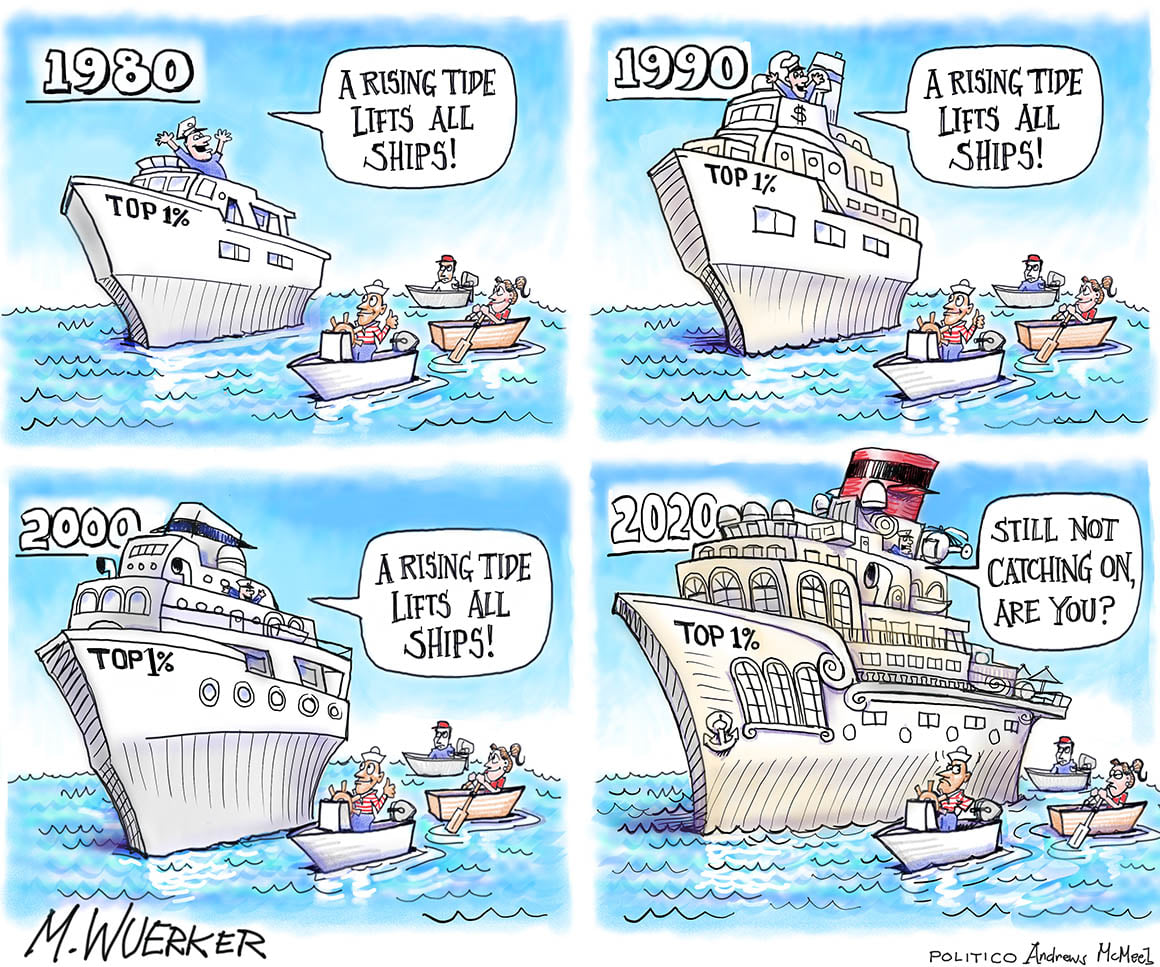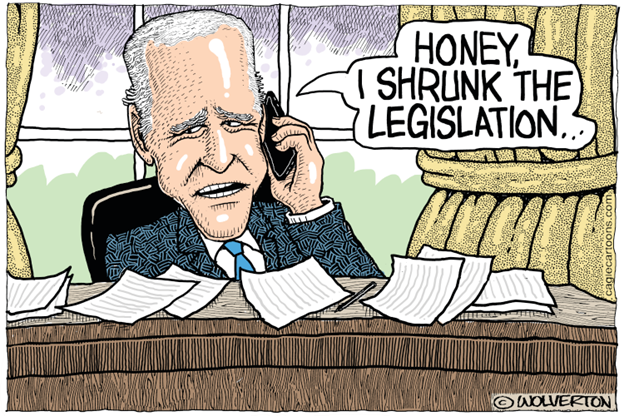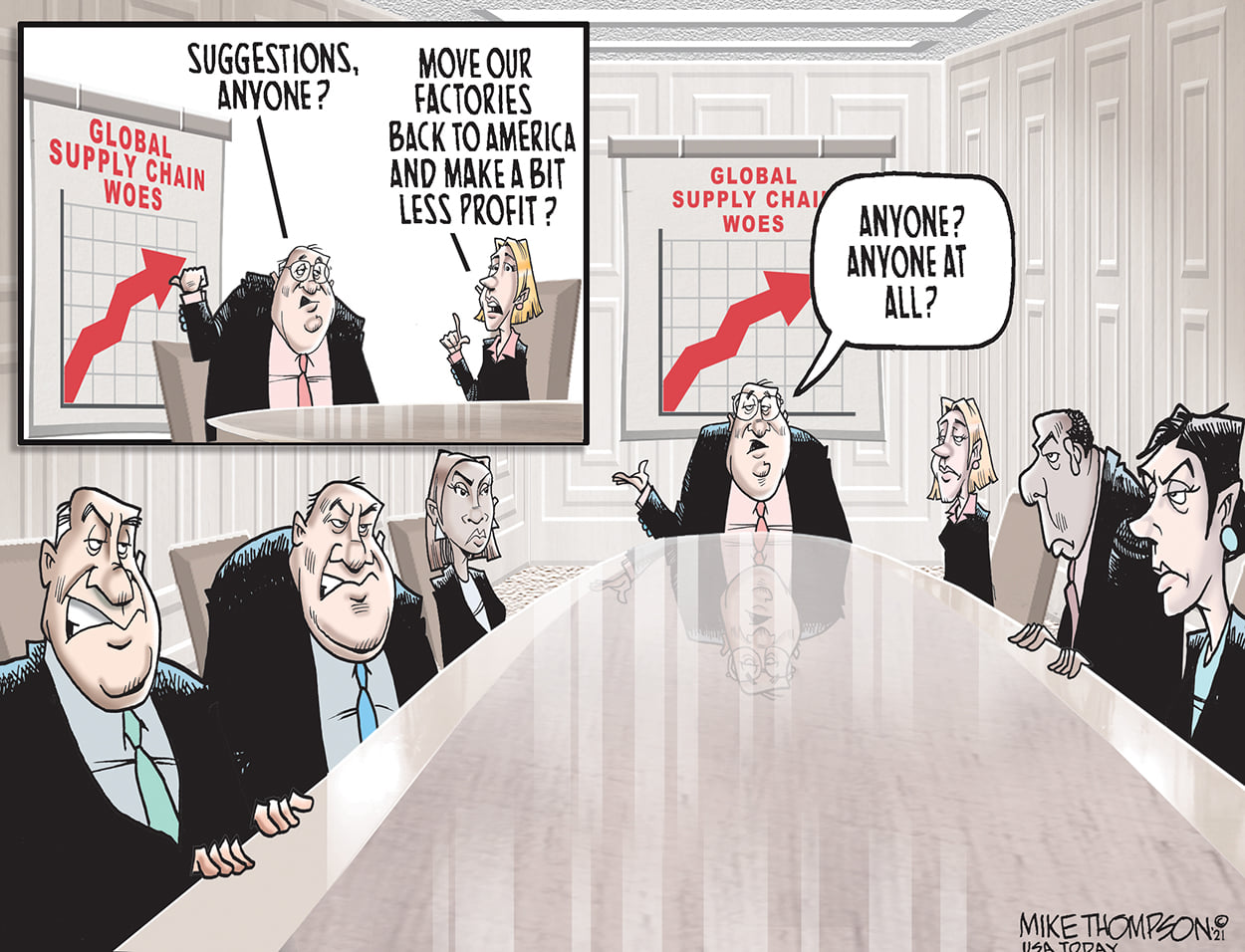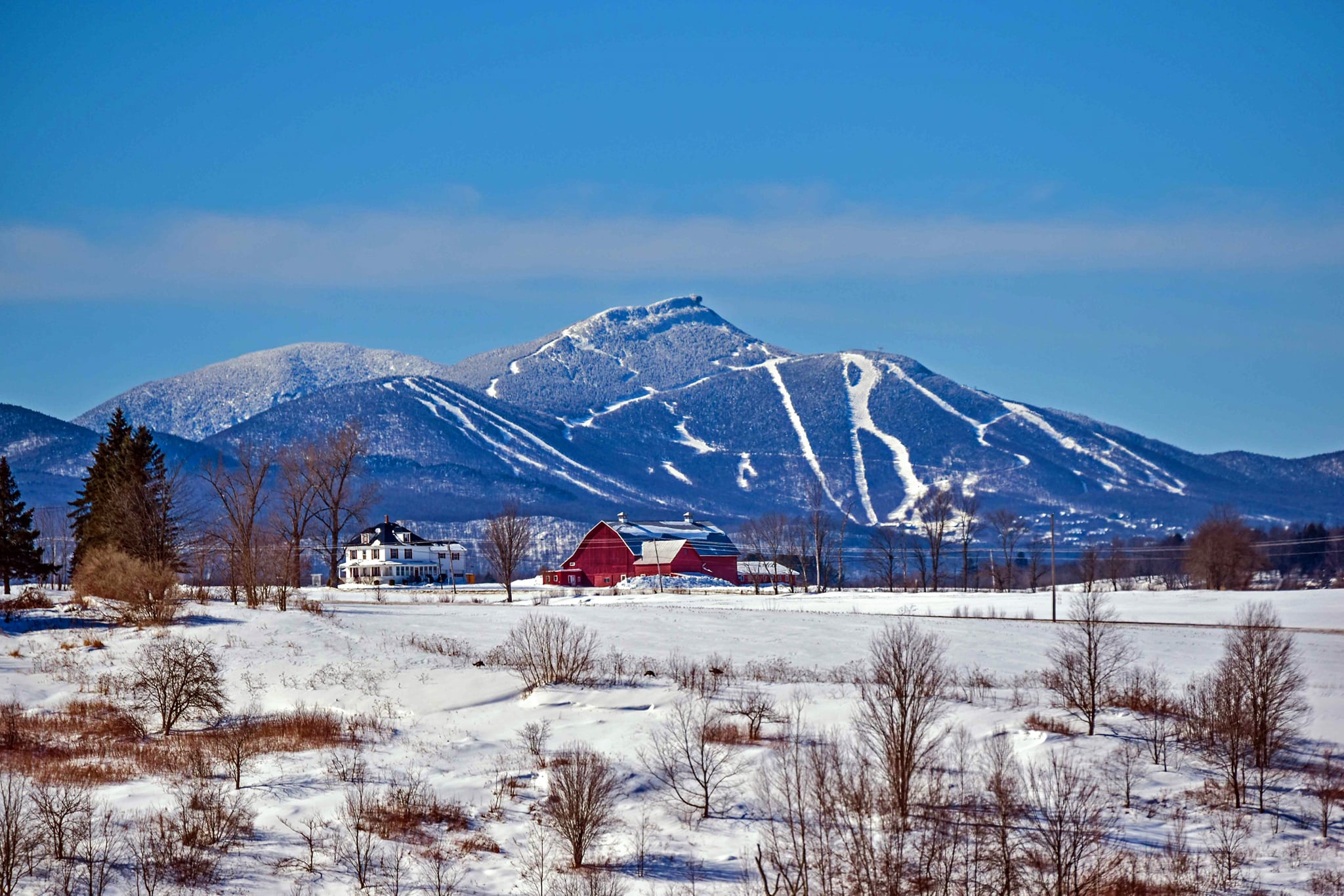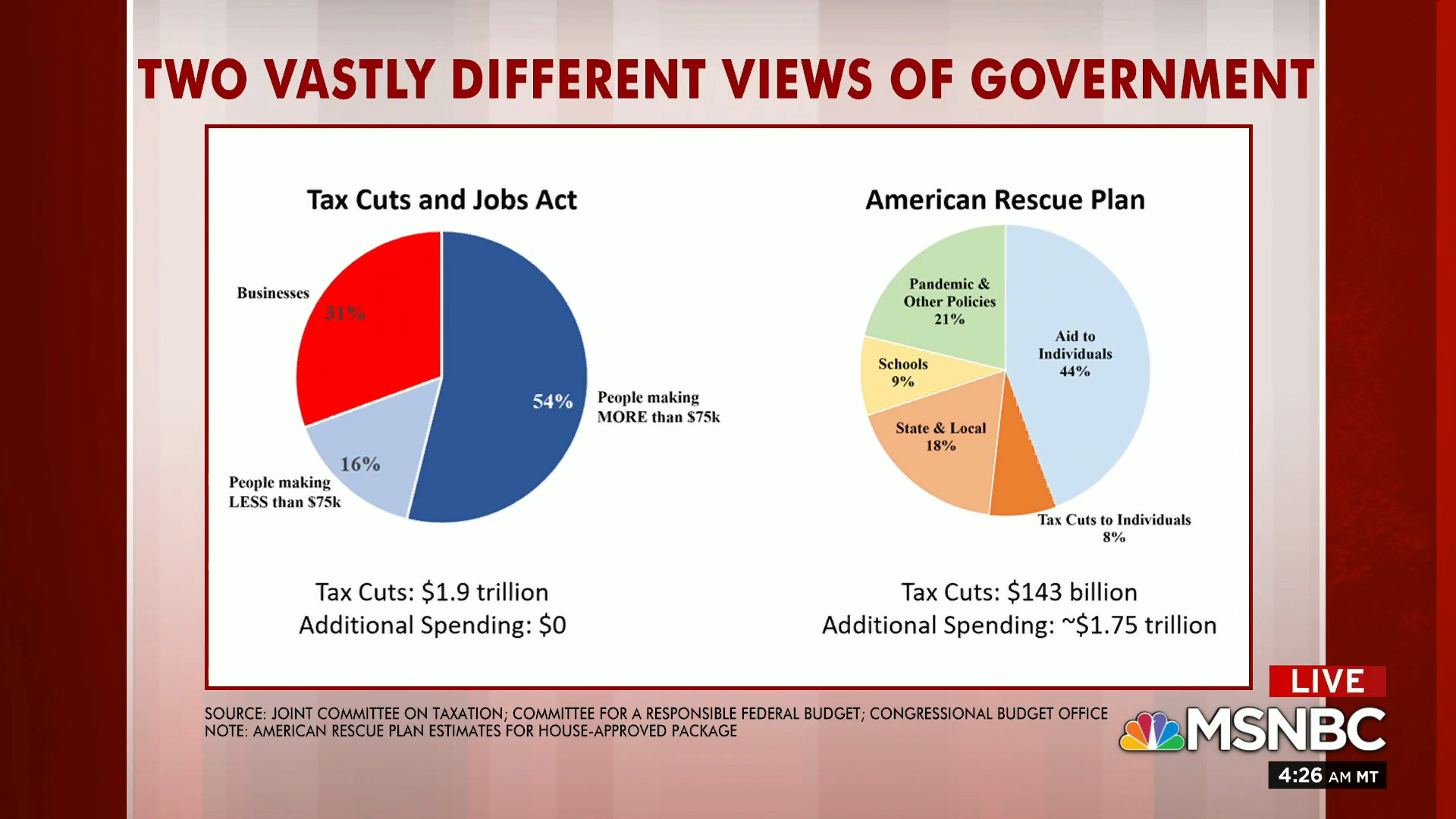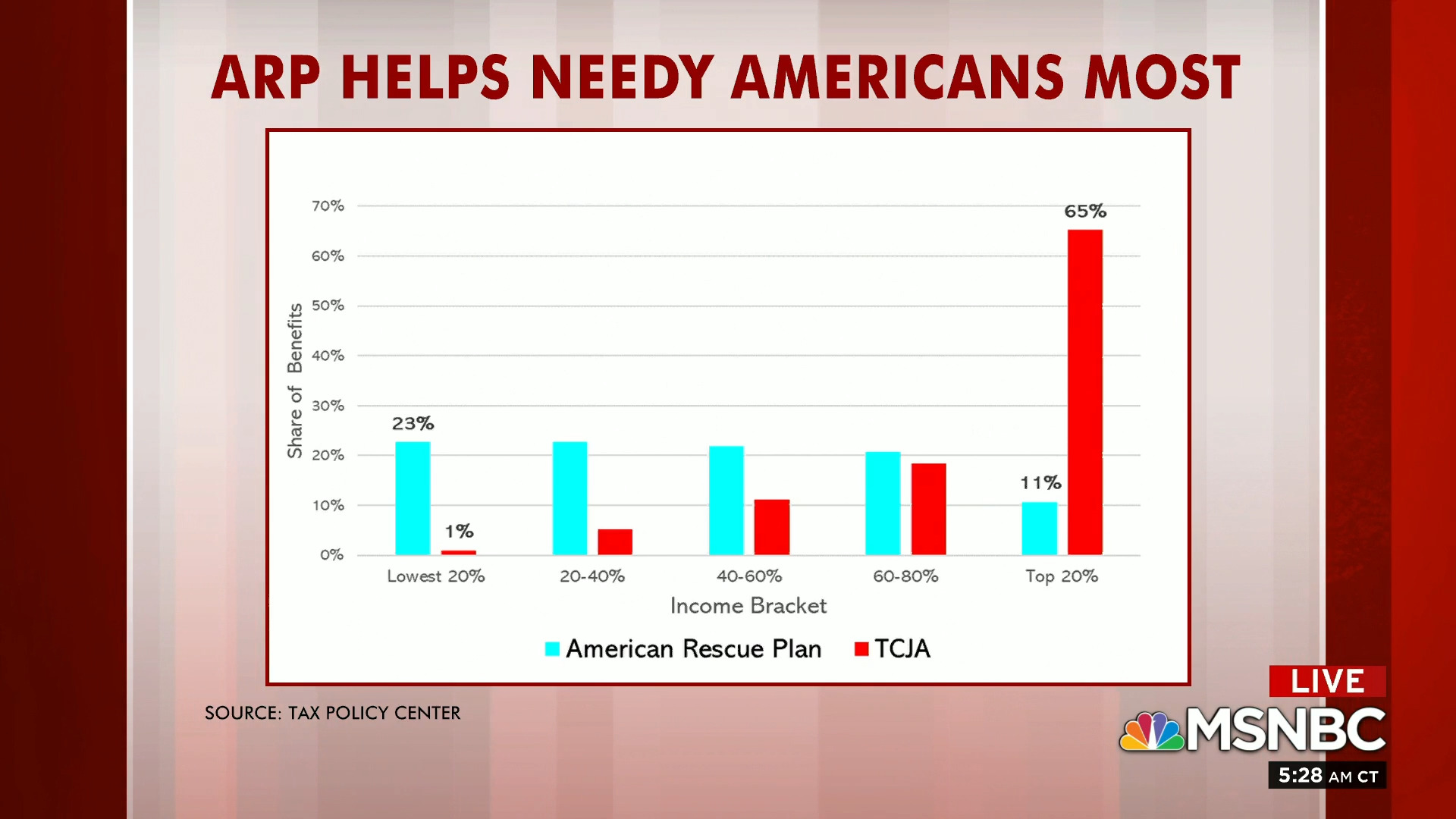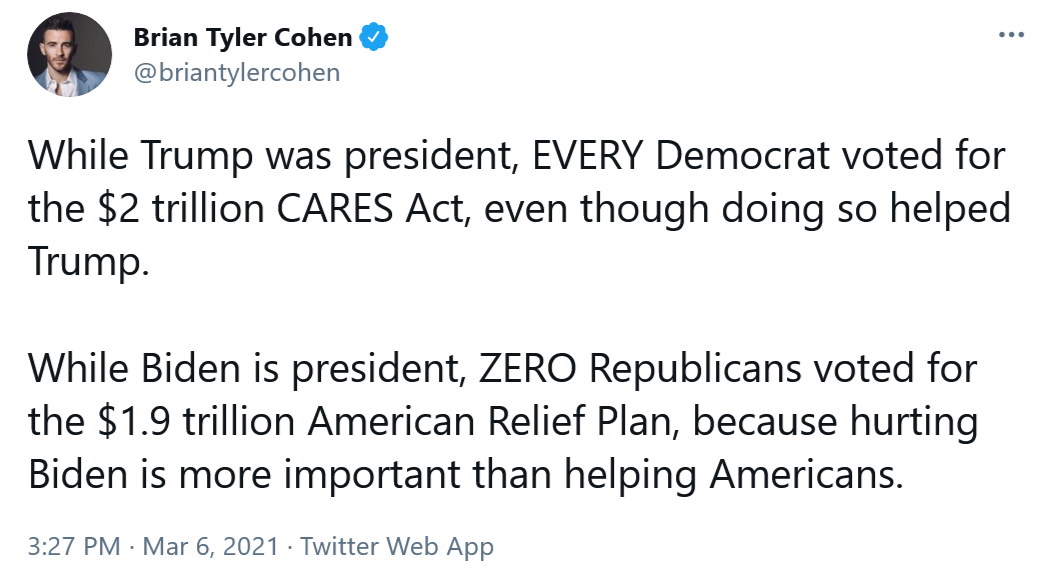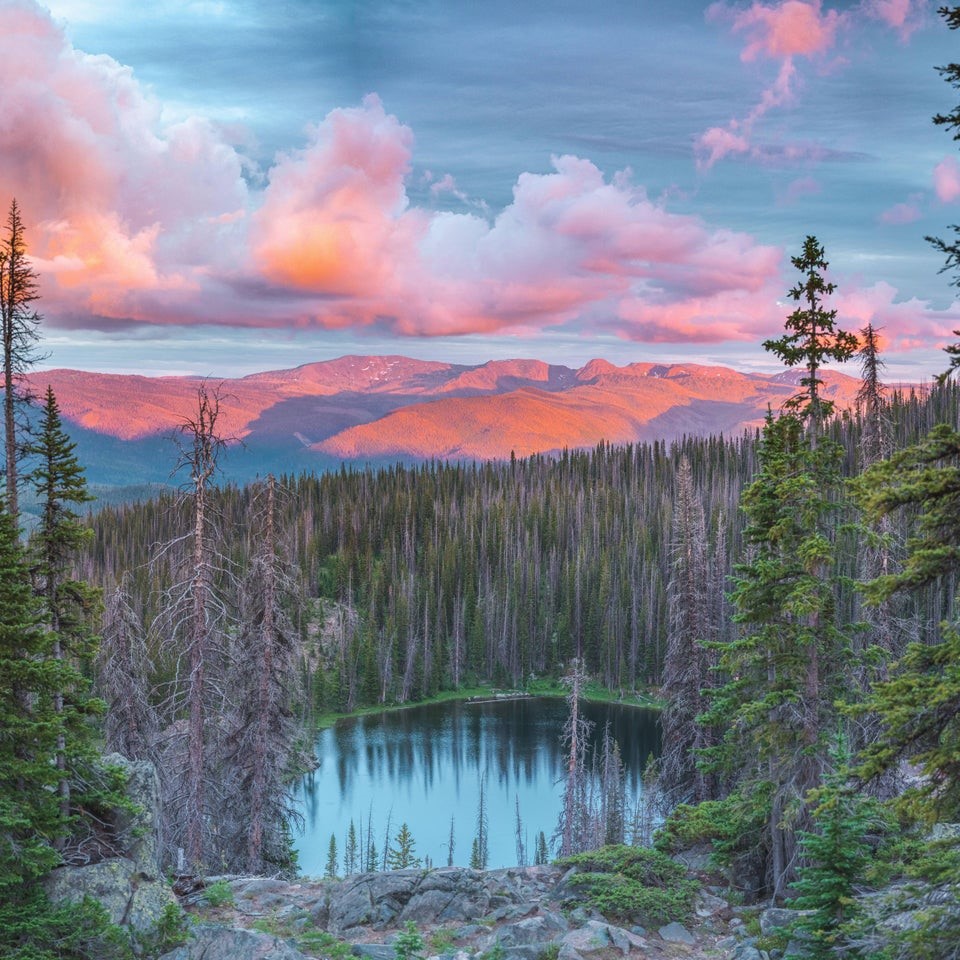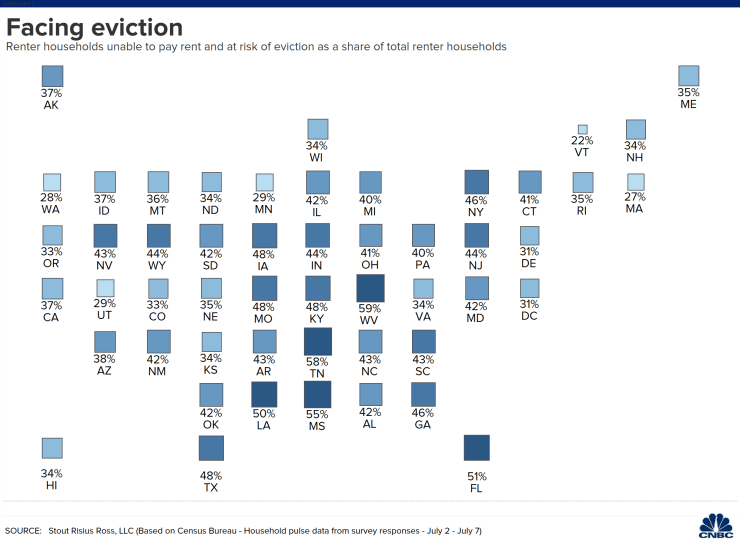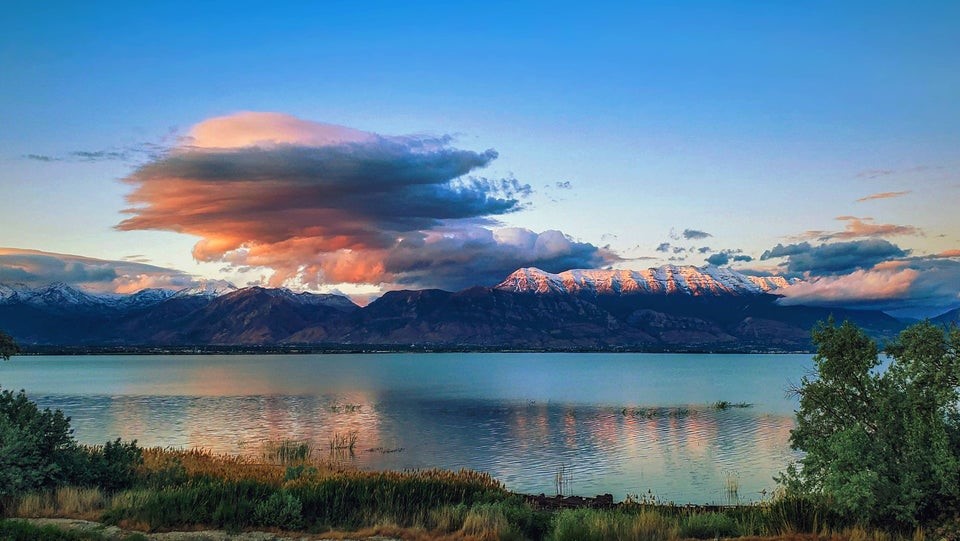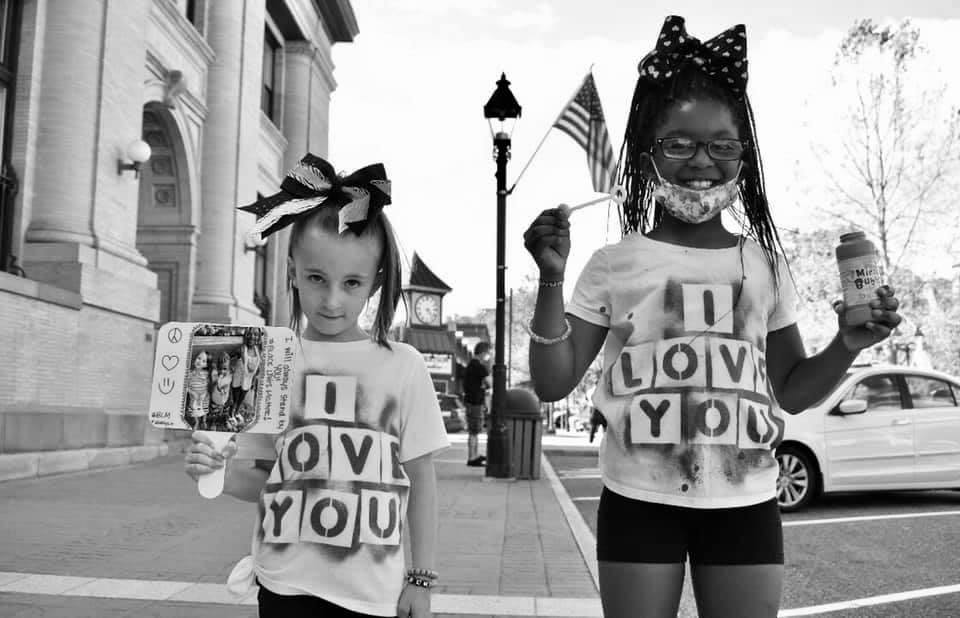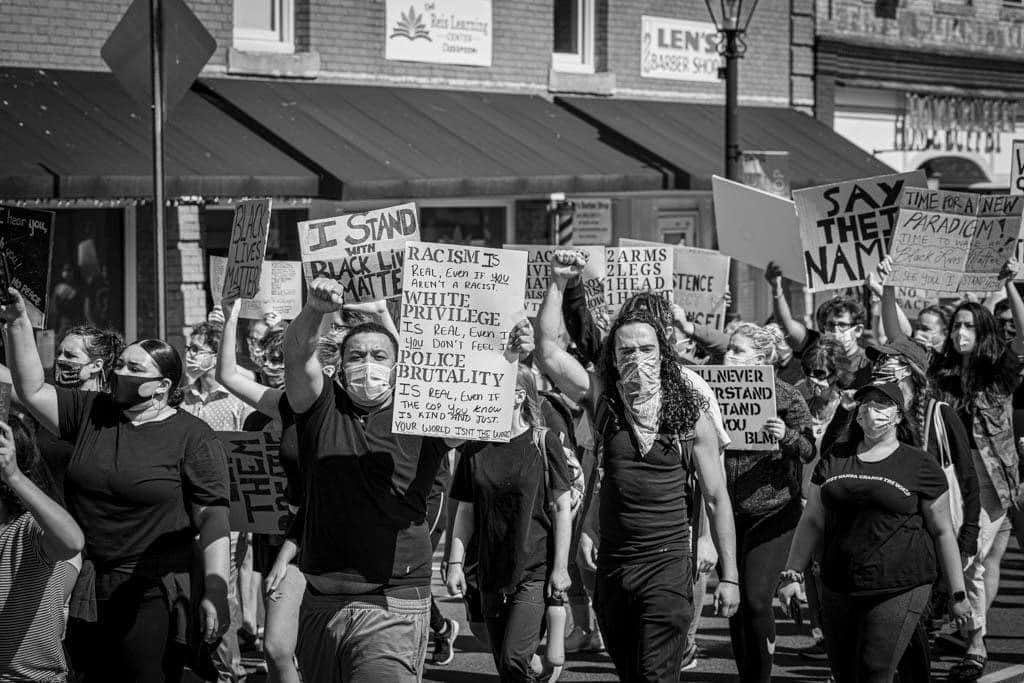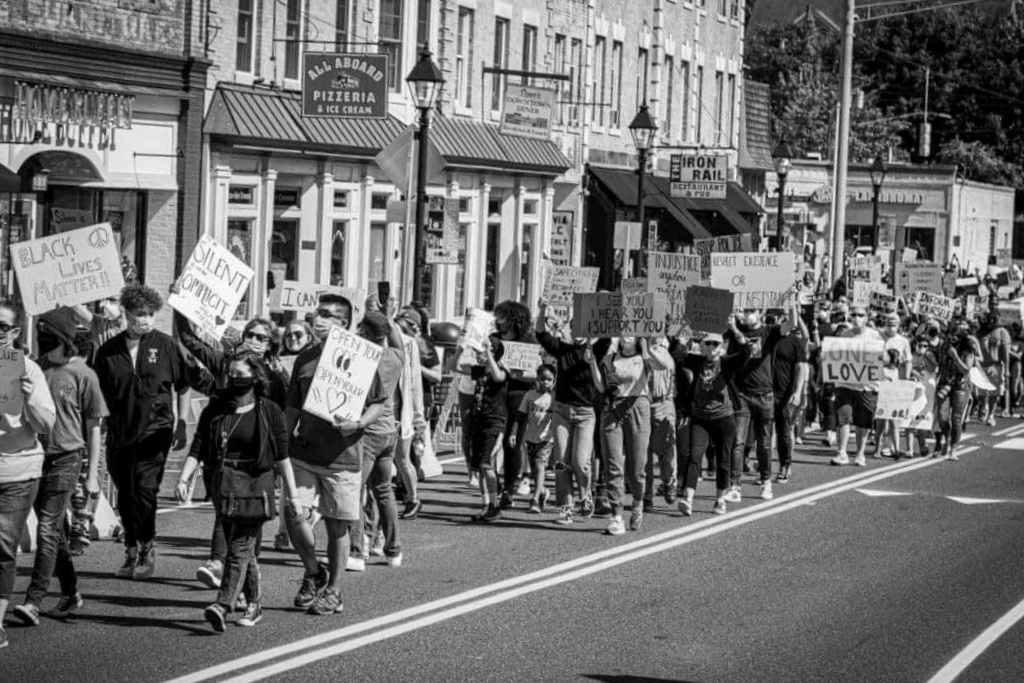The Daily Escape:

Henniker Covered Bridge, Henniker, NH – February 2022 photo by Jurgen Roth Photography. It is a footbridge across the Contoocook River.
Trucker anger is coming to America. From Politico:
“Canada’s truckers have paralyzed Ottawa and unsettled the country’s politics over vaccine and mask mandates. Now Americans want in on the action. A nationwide convoy — starting in California before heading toward Washington, D.C. — is expected to get underway on March 4 amid a growing clamor from those who believe their freedoms are under threat from government Covid-19 restrictions.”
The trucker protests in Canada seem to have become a rallying point for those who are irate about what they view as Covid-inspired overreach by their governments. Momentum seems to be building for a similar convoy in the US. The NYT reports that:
“…several right-wing figures, including Dan Bongino, Michael Flynn and Ben Shapiro, have promoted the protest and shared links to fund-raising sites that have collected millions of dollars. American anti-vaccine groups have also begun forming local wings of the movement and have urged truckers in the United States to adopt the tactics in Canada.”
The US organizers are now calling it “the People’s Convoy“. They have formed Telegram encrypted channels to use for building support in multiple states. The group says it’s working with two other groups: Freedom Fighter Nation and Restore Liberty, whose founders are closely tied to right wing politics. They include Leigh Dundas, founder of the Freedom Fighter Nation. She gave a speech in DC on the eve of the Jan. 6 Capitol Hill insurrection, claiming it would be “within our rights” to murder “alleged American turncoats” who interfered with the 2020 election.
She seems nice.
Trucker protest convoys have become a rallying cry for far-right and anti-vaccine groups around the world. They seem to be gathering strength from growing Covid fatigue, something that is nearly universal in the developed world.
Their message is that “government has been overreaching for too long, and we’re not going to take it anymore”. They’re expressing an old, bad idea: That individual freedom cannot be limited by government.
Let’s spend a minute on whether freedom and democracy are compatible. “Freedom” normally means freedom of the individual while democracy is a communitarian concept. Democracy is a system of government while freedom is about either not being governed or being governed as lightly as possible.
But a society without democracy would be autocracy or worse. With no government, it would be anarchy. And a society without freedom couldn’t possibly be a democracy. So maybe the question isn’t whether they are compatible, but whether each is a co-requisite for the other to exist.
Elizabeth Anker in the NYT opined on the changing nature of the language of freedom, saying that many political actors are using the concept of freedom to justify anti-democratic politics. She calls them the “ugly freedoms”. In American politics they increasingly justify minority rule, prejudice, and anti-democratic governance. And their popularity is growing.
This is highly relevant to the impending trucker convoys and how we think about “free speech” and the rights of non-experts to try and force their opinions on the majority. Perhaps the alternative to the ugly freedoms should be our beautiful freedoms, like the Bill of Rights, or the Voting Rights Act of 1965.
A third of Americans make up their own facts, so we’re bound to hear a few lies expresed as truth. These same people believe they don’t have to consider what’s happening in their communities. They think opinions are equal to facts. They get angry enough to threaten violence or to commit violence.
Many of them, despite outward tough guy appearances, are simply too soft mentally and emotionally. Life can often be harder than we want it to be. Sometimes, you’ve got to do what’s good for society, not just what’s good for you.
OTOH, these trucker rallies could conceivably draw support from others who are angry at governments at all levels. Think about restaurant workers, first responders and all of the “essential’ employees who have been unevenly impacted by Covid.
Think of it as the laptop workers vs. those who have to leave the house to earn a living. They each have experienced Covid and the jobs crash in far different ways. If the trucker protest casts a wide net, it will rope in small business owners and parents who are angry that their children have lost so much when schools were closed.
There’s plenty of anger fermenting out there.
Going back to Wrongo’s US Army days, you weren’t required to like everyone in your platoon, but duty demanded you bear the responsibility of fighting beside and for them. That was considered patriotic. Once we had the ability to pull together and sacrifice in the midst of national crisis. Now it’s everyone for themselves.
On Jan. 6, the right of free speech produced lies that led people to commit federal crimes. That’s the downside of the Bill of Rights: An individual has a protected right to lie to the public. We see many career politicians and social media entrepreneurs lie every day.
Assuming that there are protests in the US in coming weeks, Biden will face the same dilemma as Canada’s Prime Minster Trudeau faces now. Will Biden demonize the truckers? Will he listen to their grievances?
The shift of emphasis in America from an expanding democracy with protected individual rights/freedoms to an ad hoc (and sometimes illogical) version of freedom is what may create a failed American state.
It’s a movement that’s long on energy, and short on facts and judgment.


